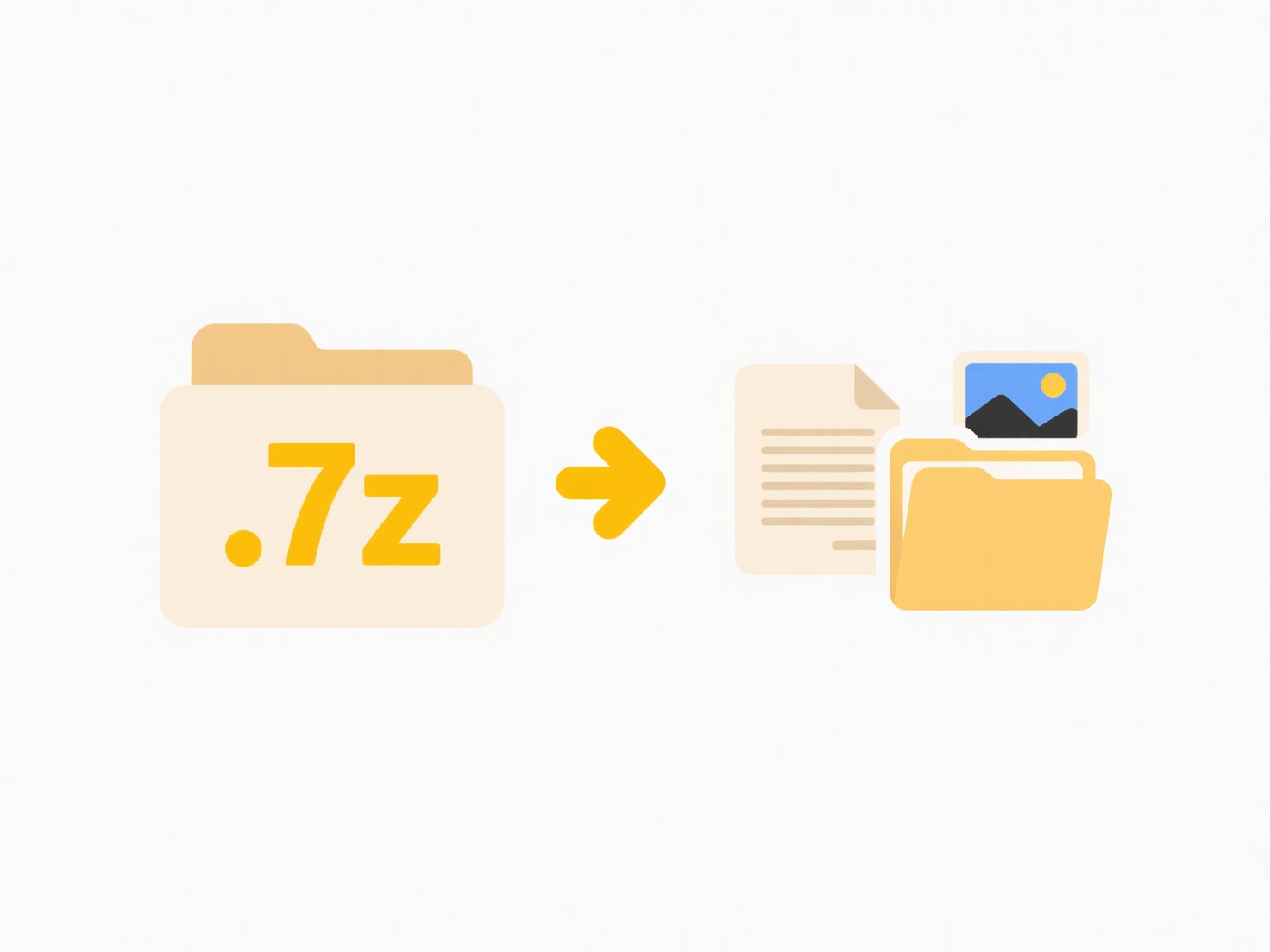
Renaming files typically refers to changing their displayed name without altering the file's core data content. Embedded metadata is additional information stored within the file itself, separate from the filename. This includes details like photo EXIF data (camera settings, location), document properties (author, creation date), or music tags (artist, album). Standard file renaming operations performed correctly using your computer's operating system (like right-click > Rename in Windows/Finder in macOS) or common file management tools generally only modify the filename and do not affect this embedded metadata. The metadata resides in dedicated sections of the file structure, distinct from its name.

For instance, photographers frequently rename image files (e.g., changing DSC_1234.jpg to Wedding-Ceremony-001.jpg) while needing to preserve critical EXIF metadata like shutter speed, aperture, and GPS coordinates, essential for organization and copyright. Similarly, professionals managing business documents might batch rename reports (ProjectDraft.docx to Q4-Financial-Report-Final.docx) but must keep internal properties like the author's name and revision history intact. Renaming is commonly done using built-in OS tools, file explorers like Adobe Bridge, or batch renaming utilities, with metadata typically preserved automatically.
The key advantage is maintaining crucial information linked to the file's origin and usage while improving file organization through clearer names. However, limitations exist: some specialized or proprietary file types might handle metadata differently, and corrupted files could potentially lose metadata during any operation. Ethically, preserving metadata like copyright and authorship is vital for proper attribution. Using reliable renaming methods ensures historical and technical context remains, supporting both workflow efficiency and responsible information management.
How do I rename files while keeping embedded metadata intact?
Renaming files typically refers to changing their displayed name without altering the file's core data content. Embedded metadata is additional information stored within the file itself, separate from the filename. This includes details like photo EXIF data (camera settings, location), document properties (author, creation date), or music tags (artist, album). Standard file renaming operations performed correctly using your computer's operating system (like right-click > Rename in Windows/Finder in macOS) or common file management tools generally only modify the filename and do not affect this embedded metadata. The metadata resides in dedicated sections of the file structure, distinct from its name.

For instance, photographers frequently rename image files (e.g., changing DSC_1234.jpg to Wedding-Ceremony-001.jpg) while needing to preserve critical EXIF metadata like shutter speed, aperture, and GPS coordinates, essential for organization and copyright. Similarly, professionals managing business documents might batch rename reports (ProjectDraft.docx to Q4-Financial-Report-Final.docx) but must keep internal properties like the author's name and revision history intact. Renaming is commonly done using built-in OS tools, file explorers like Adobe Bridge, or batch renaming utilities, with metadata typically preserved automatically.
The key advantage is maintaining crucial information linked to the file's origin and usage while improving file organization through clearer names. However, limitations exist: some specialized or proprietary file types might handle metadata differently, and corrupted files could potentially lose metadata during any operation. Ethically, preserving metadata like copyright and authorship is vital for proper attribution. Using reliable renaming methods ensures historical and technical context remains, supporting both workflow efficiency and responsible information management.
Quick Article Links
How do I handle version conflicts between cloud and local files?
Version conflicts arise when local files and their cloud copies diverge due to simultaneous edits in different locations...
Can I search only within system folders?
Searching only within system folders refers to querying for files or information exclusively within directories critical...
What should I do if a shared link says “file not found”?
Encountering a "file not found" error means the link you clicked directs to a file that the hosting service cannot locat...